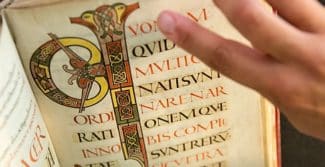The reception of German popular literature in Early-Modern Iceland
The Icelandic literary genre called rímur were stories transformed into verse based on extant material. The narrative material itself was varied and by no means exclusively Icelandic. Most popular of all was material from chapbooks (Volksbücher, ‘folk books’), which also enjoyed great popularity on the European continent. Rímur are considered a typical secular genre. The most important religious poet in Iceland, Hallgrímur Pétursson (1614–1674), composed three sets of rímur. «The Rímur af Lykla-Pétri og Magelónu» is based on material that derives from the Orient, but was transmitted through Italy to the other European countries. Another set of rímur by the same poet is «Flóres rímur og Leós», based on the chapbook Florent et Octavien, first printed in Straßburg in 1535. In Wolfenbüttel I intend to investigate the transmission history of these chapbooks and compare the German editions with the Icelandic verse narratives.
This study is a part of the research project The sacred and the profane. Comparative studies in the reception and transmission of popular and religious literature in late pre-modern Iceland. The project brings together two contrasting periods in Iceland’s post-medieval literary history, the seventeenth and nineteenth centuries, with the objective of examining the interplay of the sacred and the profane in manuscript and print culture.








